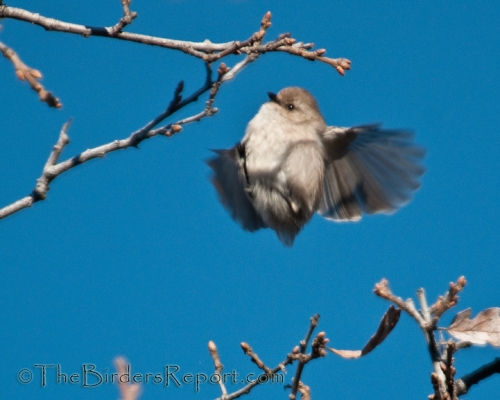 Bushtit Male in Flight photos by Larry Jordan
Bushtit Male in Flight photos by Larry Jordan
After discovering that I had some new birds in my yard the other day, I decided to go out this morning and take some photographs. My specific target was the Golden-crowned Kinglet since I had seen them last week while walking through the scrub oak down by the creek. It’s the same location in which I find the Ruby-crowned Kinglets every winter.
Several winter visiting songbirds seem to appreciate the scrub oaks, like the Bushtit pictured above. They always return around Christmas time to glean insects and spiders from the oaks.
There were several Mountain Chickadees, a bird new to my yard list, also foraging in this rather large scrub oak where Ash-throated Flycatchers nest in the summer.
Oddly enough, I found the Golden-crowned Kinglets near the house also, foraging in the same trees around the garage as the chickadees. They were pretty high up in the tree and they move so quickly I didn’t get a shot off before they flew. So down the hill I went to the oak trees near the creek where I was sure to find more of these little bundles of energy.
It was still early in the morning and the sun being low in the sky left the area by the creek only partially sunlit. I strolled through the wooded grassland slowly, stopping in areas of sunlit tree tops. You see, my theory is that if you stay in one place (and the right place) long enough, the birds will come to you. They did.
The Golden-crowned Kinglet is notoriously energetic, not quite as hyper as the Ruby-crowned Kinglet but still, I felt lucky today to get a couple of decent shots as this beauty popped into the sunlight.
Before heading back up to the house, I got another treat. A Bewick’s Wren was foraging around the base of one of the scrub oaks and hesitated briefly in the sun.
Back at the house, I took my breakfast and coffee on the back porch where I had set up the camera and tripod to shoot some video. I wanted to study the antics of the Western Scrub-Jay, but as I waited for the jays to show, this male Anna’s Hummingbird posed nicely on a nearby branch.
So I thought I might as well take some video of him while I was waiting.
Male Anna’s Hummingbirds defend their feeding territory seriously. This video showing the male on a perch, with both of my porch mounted feeders visible, constantly looking back and forth for intruders from either side of the house, is typical of the species.
When the Western Scrub-Jays showed up, they didn’t disappoint. I had seen these clever corvids devise different ways to ravage my suet feeders before. I actually put the suet out for the clingers and woodpeckers but I noticed that the suet was disappearing rather quickly.
I was unaware until recently that the scrub-jays had been imitating the clingers!
For more great bird photos, check out Bird Photography Weekly.

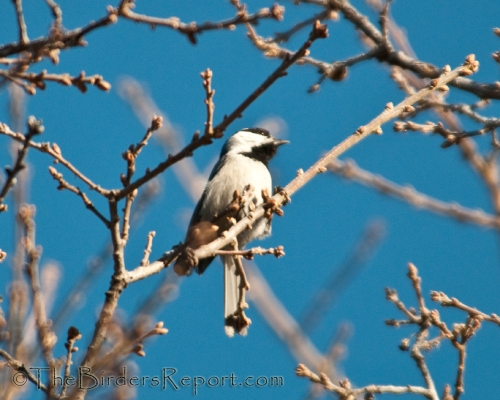
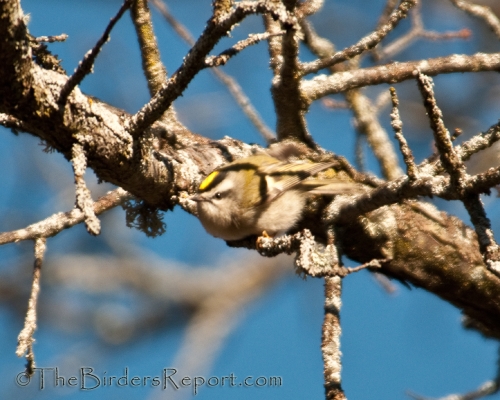
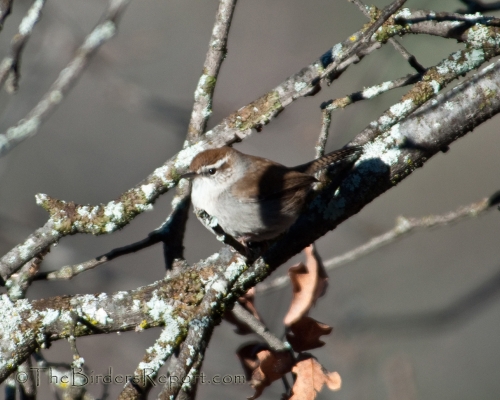
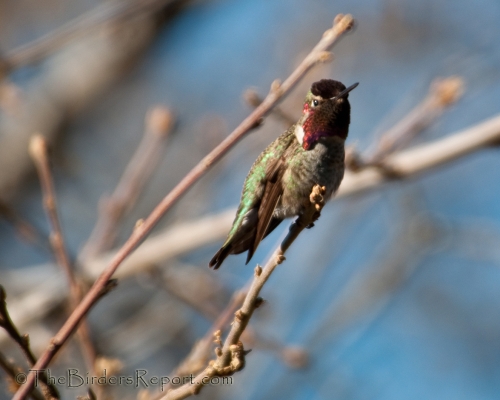
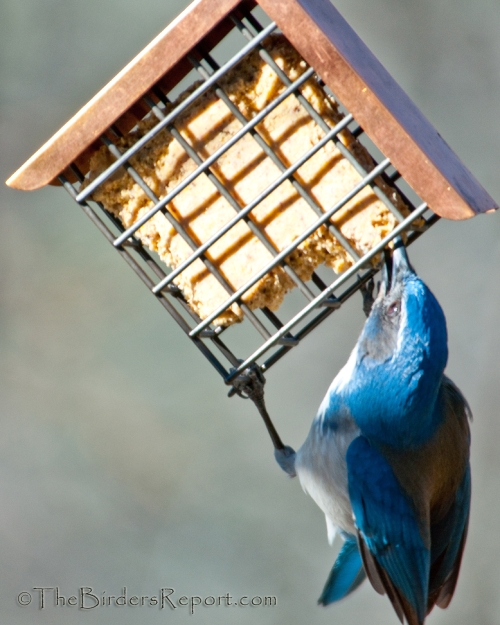
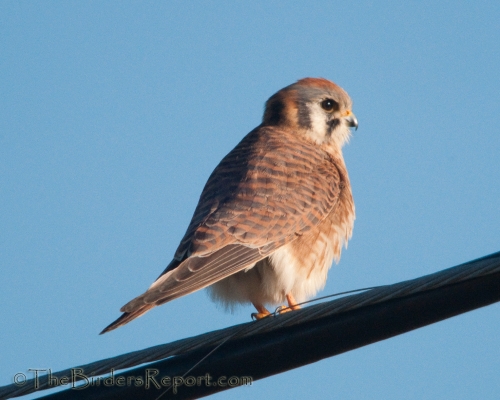
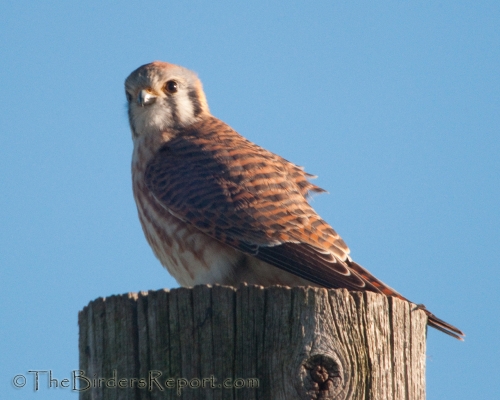
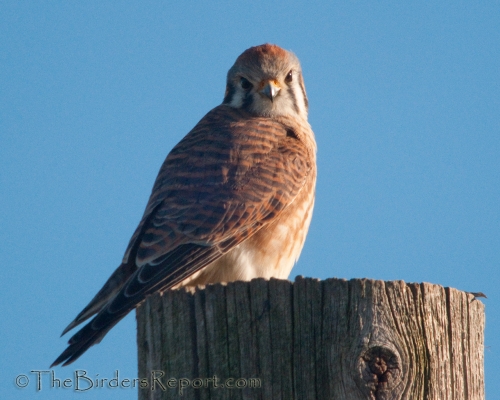
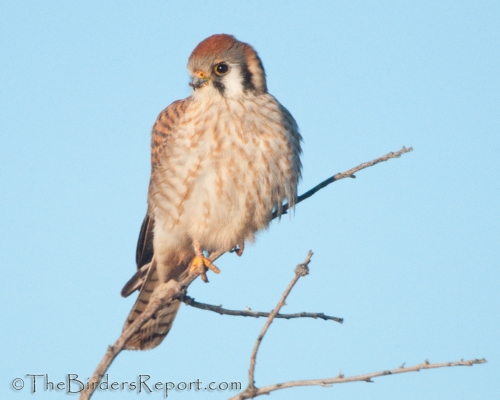
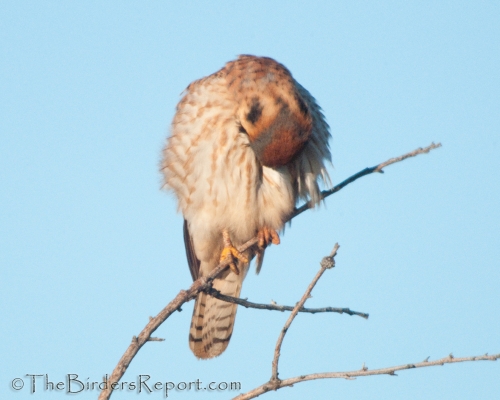
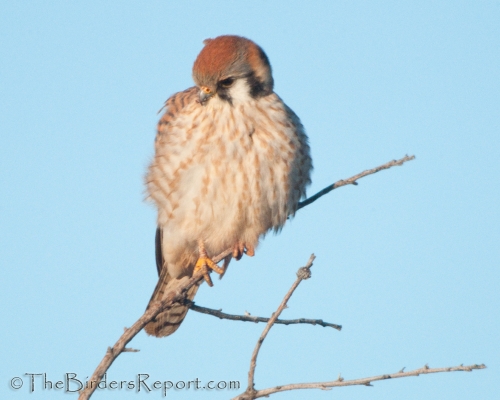
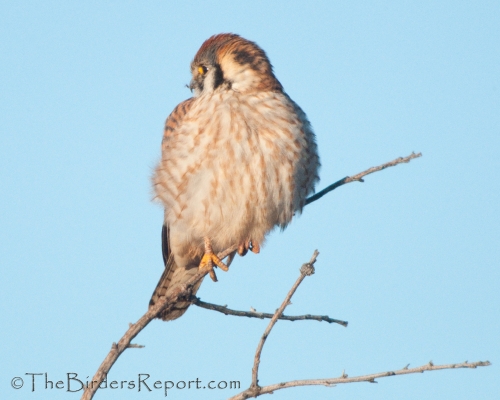
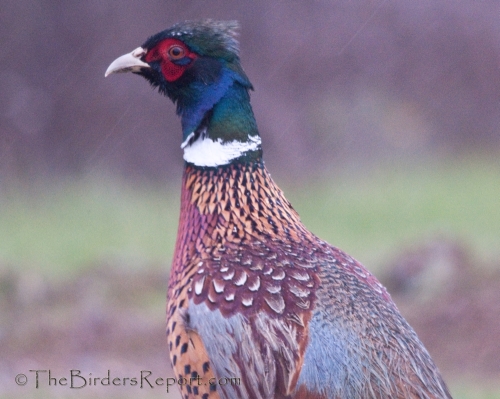
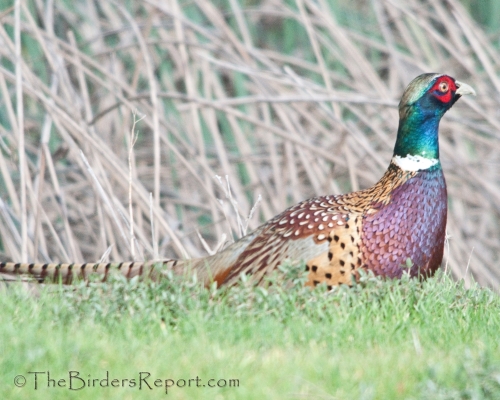
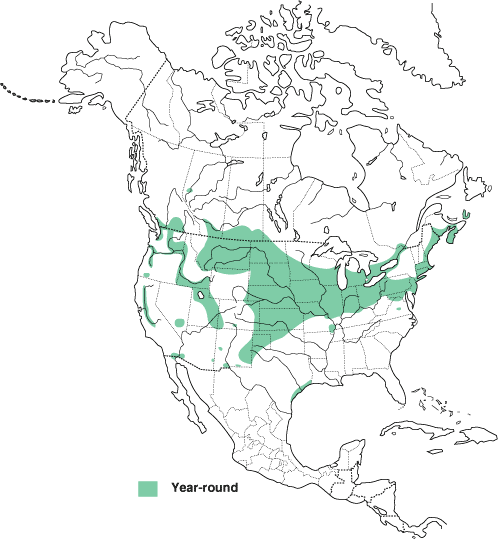 Ring-necked Pheasants are highly adaptable to different habitat conditions but are associated mostly with agricultural areas, foraging for seeds but also feeding on grasses, leaves, roots, wild fruits and nuts, and insects
Ring-necked Pheasants are highly adaptable to different habitat conditions but are associated mostly with agricultural areas, foraging for seeds but also feeding on grasses, leaves, roots, wild fruits and nuts, and insects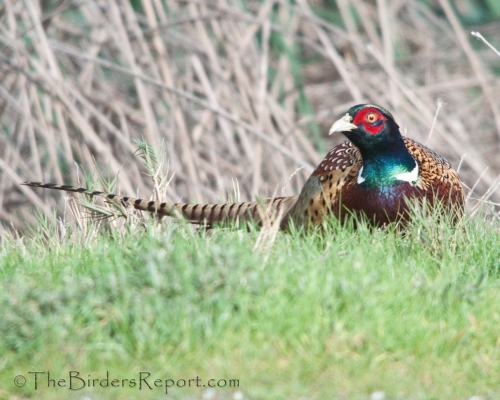
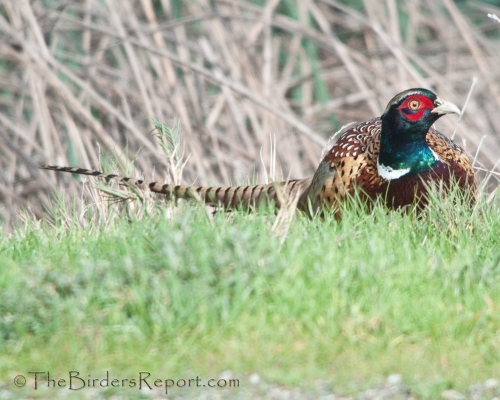
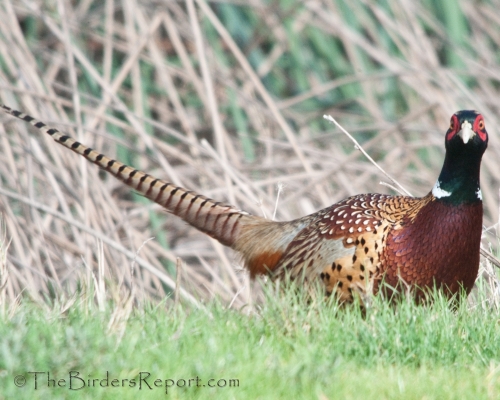



Social Media Connect